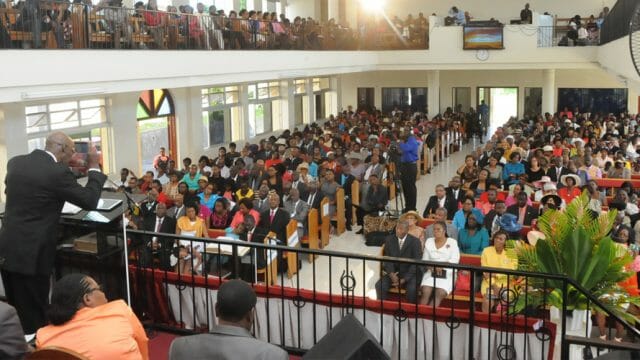The Bible says that in some capital cases the person was to be executed by fire. Is this not cruel? The Israelite legal […]

The Bible says that in some capital cases the person was to be executed by fire. Is this not cruel?
The Israelite legal system established that certain crimes were punishable by burning the criminal. The daughter of a priest who “profanes herself by playing the harlot” was to be burned by fire (Lev. 21:9), because her conduct profaned the holiness of her father. If a man married a woman and her mother, the three were to be burned with fire to remove immorality from the people (Lev. 20:14). When Judah was informed that Tamar, his daughter-in-law, was a harlot, he commanded that she be burned (Gen. 38:24). Let me share some information that could be useful in understanding this legislation.
- Achan, Fire, and Stones
The narrative of Achan, who violated the law of “extermination” (Hebrew: kherem), is particularly instructive. After the defeat of the Israelites by the inhabitants of the city of Ai, Joshua prayed to the Lord, asking for guidance (Joshua 7:7-9). The Lord informed him that the covenant had been violated by someone misappropriating that which belonged exclusively to God (verse 11). The divine instruction was that once the culprit is identified, he and “all that belongs to him” were to be burned with fire (verse 15, NIV). Surprisingly, when Achan is identified and the penalty is to be inflicted, we find something slightly different: And “all Israel stoned him with stones; and they burned them with fire [‘to burn completely’ (cf. Lev. 4:12; 6:23)] after they had stoned them with stones” (verse 25). In other words, the burning of the persons occurred after they had died.
- Fire and Harlotry
Another example comes from the punishment for charges of harlotry. Jerusalem was the Lord’s wife who prostituted herself through idolatry and political alliances with other nations (Eze. 16 and 23). As punishment for her sins, she would be stoned to death and sliced open by her lovers who would then burn the city (Eze. 16:40, 41; see also Eze. 23:47). Although it is not specifically said that the unfaithful woman was burned, the sequence of stoning is followed by the burning of the city, personalized as a woman.
- Fire and Babylon
The divine verdict against the apocalyptic city of Babylon, characterized by immorality and alliances with the kings of the earth (Rev. 18:3), is clearly stated: “Therefore her plagues will come in one day—death [Greek: thanatos, ‘death’] and mourning and famine. And she will be utterly burned with fire” (verse 8). The plagues will kill her (Rev. 6:8), as is suggested by the use of the noun “death,” then she is to be burned. In Revelation 17 Babylon is represented by a woman, a harlot, whom the nations “will make her desolate and naked, eat her flesh and burn her with fire” (17:16). Eating her flesh signals her death (see 2 Kings 9:36, 37); her remains are consumed by fire. In Daniel the apocalyptic anti-God power will be killed then destroyed by fire (Dan. 7:11).
The legal system that required for some crimes death through fire is used to illustrate the ultimate legal defeat of evil powers. I suggest you consider the possibility that in the Israelite legal system execution by burning with fire was preceded by the of death the criminal.








